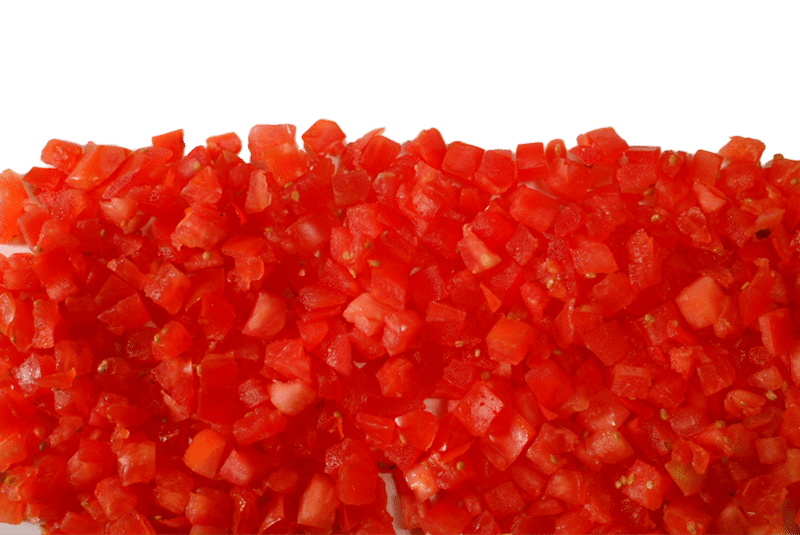The main reason for peeling vegetables is to remove any unwanted covering material. Through peeling the appearance and taste of the vegetable can be improved. However, the peeling process has been known to result in losses of a larger part of the vegetable. The problem hence led to the need for an effective peeling process or equipment that reduces the loss of the vegetable product during peeling.
Steam Peeling
The introduction of steam peeling technology has led to efficiency in the peeling process and has also boosted the quality of products. This technique is used for both fruits and vegetables; it helps in reducing the water used and the energy required in the peeling process. What’s more?
Peeling Tomatoes
Steam peeling has been used in place of hot lye peeling which was mostly used in tomatoes. This technique is applied together with vacuum cooling and a pinch roller to aid in the tomato peeling process. It is applied by heating the tomatoes for a few seconds using pressurized steam, which weakens the tomato peel.
The main concept behind the technique is vaporization, which when vacuum cooling is applied to the vapor the skin of the tomato cracks. The pinch roller then effectively removes the peels of the tomato quickly.
Peeling Other Vegetables
In other vegetables, steam is directed through a pressure vessel, which is usually at 180 to 200 degree Celsius. The pressure applied to the vessel causes the cooked skin to separate from the vegetable, and the peeled product is obtained at the other end.
In all cases, the vegetable (or tomatoes) remains in the vessel for a given time depending on the hardness of the peels and pressure is applied continuously. When the process is complete, any remains are washed away using water.
Steam Peeling Equipment
Various companies have been involved in producing steam peeling equipment, also known as steam peelers. These equipment aids in peeling of both vegetables and potatoes and also saves on energy while reducing the peel loss during the peeling process.
Steam peelers can be used in root vegetables including; potatoes, carrots, swedes, pumpkins, and sweet potatoes. They offer various advantages, which include speeding up the peeling process for a variety of vegetables, potatoes, and carrots.
Benefits and Conclusion
Steam peeling reduces waste products through the provision of minimal peel waste. Furthermore, by using steam, there is minimal energy consumption thereby saving on the amount of energy used. Indeed, the process produces high-quality products hence reducing the number of rejected products.
In addition, steam peeling equipment saves on operating cost due to minimal need for maintenance and repair. This ensures that there is a consistent quality of products hence promoting customer satisfaction. Other advantages compared to alternatives like hot lye peeling includes aiding environmental conservation.
Finally, steam peeling also reduces the manual work that is involved in general peeling processes such as knife peeling through the use of pressure. This technique will thus save you a lot of time during the peeling process. If there is a con, it is the fact that this technique tends to weaken the firmness of the product due to the steam applied. However, as you can see from this article, the benefits of steam peeling far outweigh any cons.
